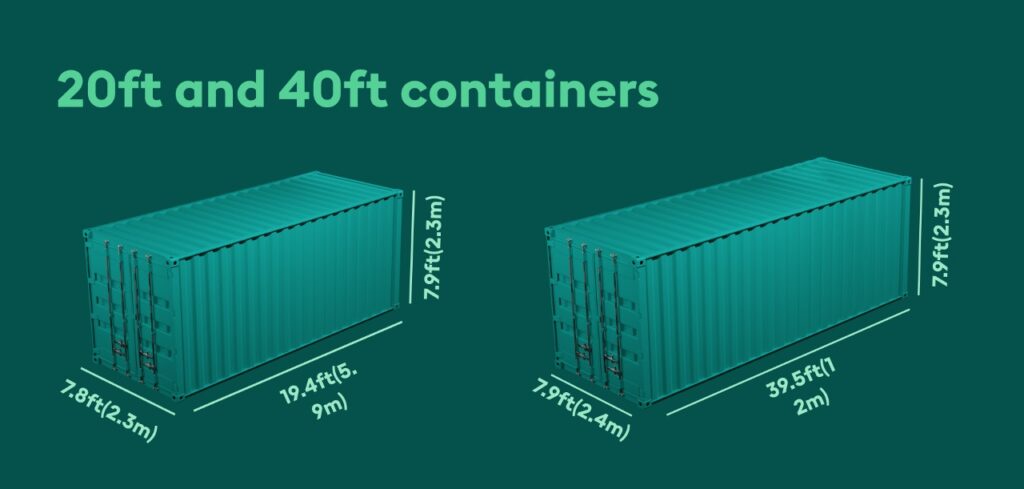
Containerization is an essential part of modern logistics, simplifying both international and domestic shipping. A dry container is one of the most common types of transport containers, designed for the safe transportation of nearly all types of cargo.
What is a Dry Container?
A dry container is a standard transport container made of metal, specifically designed for carrying dry and non-liquid cargo. Its key features include:
✔ Enclosed structure – Protects cargo from weather conditions.
✔ Standard sizes – Available in 20-foot (TEU) and 40-foot (FEU) sizes, making transportation easier.
✔ Versatile use – Ideal for textiles, machinery, vehicle parts, construction materials, and other types of cargo.

Why Use a Dry Container?
✅ International Standards – Compatible with global maritime, road, and rail transport infrastructure.
✅ Cost-effective Shipping – Allows for the transport of large cargo volumes at lower costs.
✅ Security – Protects cargo from damage and adverse weather conditions.
✅ Logistics Flexibility – Can be combined with various transport methods (multimodal transportation).
Dry Container Transportation Methods
🚢 Sea Freight – Ideal for large-scale international shipping.
🚛 Truck Transport – A flexible and fast option for regional deliveries.
🚂 Rail Transport – A cost-effective choice for continental shipments.
✈ Air Freight – Rarely used, as dry containers are primarily designed for heavy and bulky cargo.
What Cargo is Transported in a Dry Container?
📦 Industrial Products – Machinery, automotive parts, electronics.
🛍 Consumer Goods – Textiles, furniture, household items.
🏗 Construction Materials – Metal, wood, plastic products.
📚 Paper & Printing Materials – Books, cardboard, paper products
Dry Container Shipping Process
1️⃣ Cargo Preparation – Proper packaging and secure placement inside the container.
2️⃣ Documentation Processing – Compliance with customs procedures and international regulations.
3️⃣ Transportation – Route planning and selection of the optimal shipping method.
4️⃣ Delivery & Customs Clearance – Receiving the container at its final destination.
How Much Does Dry Container Shipping Cost?
💰 The cost depends on several factors:
✔ Container Size (20ft vs. 40ft)
✔ Shipping Route & Distance
✔ Transport Method (Sea, Road, Rail)
✔ Additional Services (Insurance, Customs Procedures)
🚛 Conclusion
A dry container is one of the most reliable and efficient solutions for global trade. Its versatility and security make it an ideal choice for many businesses.
